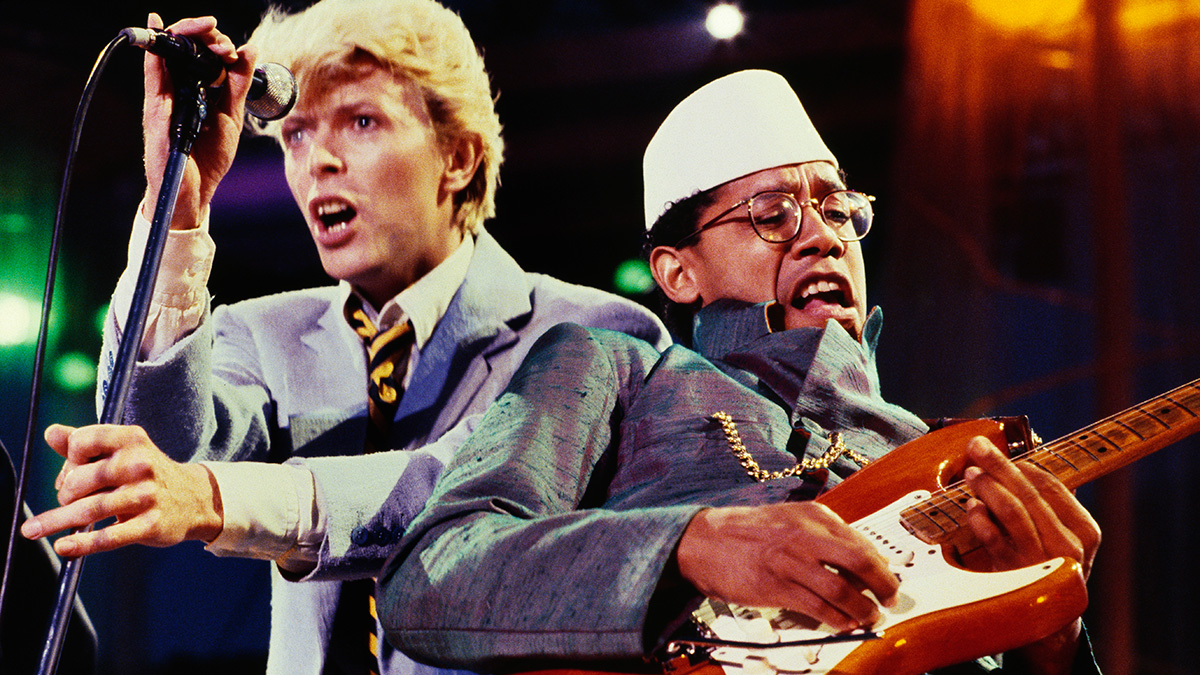
Carlos Alomar is best known for his seminal rhythm guitar work with David Bowie from the mid-1970s to the early 2000s, contributing to classics like Young Americans, Station To Station, and Low, to name but a few.
However, Alomar's influence extends beyond Bowie and into the world of amps, as he was the mastermind behind one of the earliest examples of a live rack system.
“I developed one of the first rack systems for rhythm guitar – out of necessity. I did it to keep all my gear organized in total stereo, and to make it easily accessible,” asserts Alomar in an upcoming issue of Guitar World.
Forced to compete with fellow Bowie guitarist Earl Slick and his wall of Marshalls, Alomar devised a way to stand out.
“I knew I’d have to address that situation with Earl Slick and his Marshall stacks. In that moment of clarity, I decided I had to get into some kind of amplifier design… By this time, I was very comfortable with studio-quality 19-inch effect rack units.”
He continues, “I decided my best option would be to create a rack unit for the road. I told David, and he endorsed and financed the whole thing. So I hired builders to build me rack units, some speakers, and a special rig.”
The specs for this innovative setup? “Tweeters for highs, two 12-inch speakers in an enclosed fibreglass Alembic cabinet for the mids and an inverted 15-inch Gauss speaker bass cabinet for the low end – coupled with a three-way crossover system to integrate them all.
“Separate Crown power amps to power them all. And then my 19-inch rack units, MXR flangers and phasers and other effects topped the cake.”
However, aside from the novelty and ginormous sound, Alomar admits it all boiled down to feeling confident on stage. “My new rig gave me the confidence, flexibility, and reliability I needed for live performances. I could now compete with any Marshall stacks with these bad boys!”
The full interview with Carlos Alomar will be published in issue 583 of Guitar World, on sale 9/3.



!["[T]he First and Fifth Amendments Require ICE to Provide Information About the Whereabouts of a Detained Person"](https://images.inkl.com/s3/publisher/cover/212/reason-cover.png?w=600)



